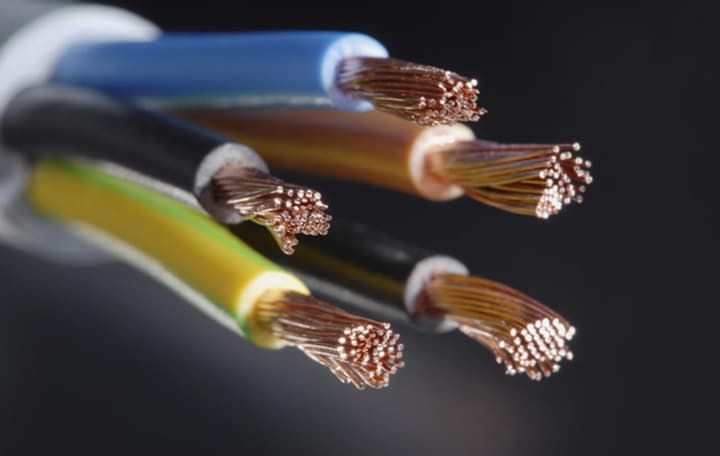CEILING FAN SAFETY REQUIREMENTS FOR INSTALLATION
To reduce the risk of personal injury and property damage, follow the safety guidelines outlined below:
- Turn off the power at the circuit breaker box before you begin.
- Clear any obstructions from the installation site.
- On the UL list, select an outlet box labeled “Acceptable for Fan Support.”
- Ensure that the electrical connections are following local legislation and National Electric Codes.
- The manufacturer's instructions provide additional caution, safety, and warning information.
TOOLS RECOMMENDED FOR CEILING FAN INSTALLATION
You've located the best ceiling fan in Melbourne, the right size, style, and quality, and you can't wait to relax and enjoy the gentle breeze. As you prepare to install the new ceiling fan, here are some essential items to keep in your toolbox for every application. Having the right equipment on hand when installing a ceiling fan assures a safe project and rapid completion.
You will need the following tools to install ceiling fans.
Crescent Wrench: Also known as an adjustable wrench, a crescent wrench has a set screw that allows the width of the twist to be modified by sliding one of the two jaws to the right or left. Using a crescent wrench, tighten any fasteners or support braces.
A cordless drill with a long bit is used to drill holes in a variety of materials. Using a cordless drill, attach the junction box or utility box to the ceiling joists.
Voltage Tester: A voltage tester, often known as a test lamp, is a device that detects the presence of electricity in a fixture by using two leads. When wiring a ceiling fan, use a voltage tester with one probe on the ground wire and the other on the hot wire to ensure no electricity flows through these wires.
Wire Cutters/Strippers — Wire cutters, also known as diagonal pliers, cut wire by indenting and wedging it apart, as the name implies. Wire strippers are equipment that removes the electrical insulation from cable ends. Hand tool makers frequently sell wire cutters and strippers combined. During the downrod assembly to install a ceiling fan, use these tools to cut and strip the ceiling fan wires.
Pliers – Firmly hold an object in place. Tighten set screws and lock nuts using pliers during downrod assembly.
Screwdrivers are tools used to turn or drive screws. The most common screwdriver kinds are flat-head screwdrivers and Philips screwdrivers. Tighten and secure the screws on the motor housing and blades with a screwdriver to prevent wobbling or to shake. Some brands may include a screwdriver in the package.
Insulating tape, often known as electrician's tape, secures electrical wires and other conductor materials. Electrical tape, which is both pressures sensitive and flexible, provides long-lasting insulation. All wire connections should be insulated using electrical tape.
To reach the mounting bracket, hang the motor assembly, and wire the ceiling fan, need a ladder. Choose a 5-foot stepladder if your ceiling is 9 feet or higher. Choose an 8-foot stepladder if your ceiling is 12 feet or higher. Choose an 11-foot stepladder if your ceiling is 15 feet or higher.
Dusk Mask: Keeps dust and other debris out of your lungs while constructing, installing, or cleaning a ceiling fan.
Safety Glasses: Protect your eyes during the installation procedure from hazardous materials and flying debris.






